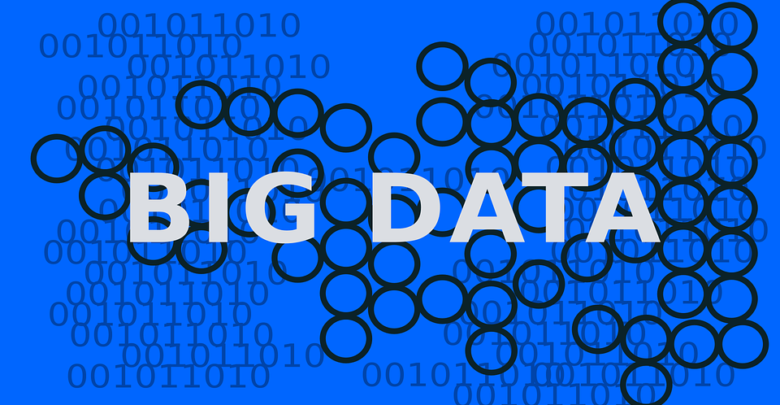Big DataFundamentals of IT LawTechnology Law / Cyber Law
Big Data and Law

- Analyzing Big Data: Dangers versus Opportunities
- Risks of Big Data
As with any business initiative, a big data project involves an element of risk. Any project can fail for any number of reasons: bad management, under-budgeting, or a lack of relevant skills. However, big data projects bring their own specific risks. The major risks of big data are:
- Data Security: This risk is obvious and often uppermost in our minds when we are considering the logistics of data collection and analysis. Data theft is a rampant and growing area of crime – and attacks are getting bigger and more damaging. The bigger your data, the bigger the target it presents to criminals with the tools to steal and sell it.[2]
- Data Privacy: Closely related to the issue of security is privacy. But in addition to ensuring that people’s personal data are safe from criminals, you need to be sure that the sensitive information you are storing and collecting isn’t going to be divulged through less malevolent but equally damaging misuse by yourself or by people to whom you have delegated responsibility for analyzing and reporting on it.[3]
- Costs: Data collection, aggregation, storage, analysis, and reporting all cost money. On top of this, there will be compliance costs – to avoid falling foul on the issues I raised in the previous point. These costs can be mitigated by careful budgeting during the planning stages, but getting it wrong at that point can lead to spiraling costs, potentially negating any value-added to your bottom line by your data-driven initiative. This is why “starting with strategy” is so vital. A well-developed strategy will clearly set out what you intend to achieve and the benefits that can be gained so they can be balanced against the resources allocated to the project. One bank that I worked with was worried about the costs of storing and maintaining all the data it was collecting to the point that it was considering pulling the plug on one particular analytics project, as the costs looked likely to exceed any potential savings. By identifying and eliminating irrelevant data from the project, the bank was able to bring costs back under control and achieve its objectives.[4]
- Bad Analytics: Aka “getting it wrong.” Misinterpreting the patterns shown by your data and drawing causal links where there is in fact merely random coincidence is an obvious pitfall. Sales data may show a rise following a major sporting event, prompting you to draw a link between sports fans and your products or services, when in fact the rise is based on there being more people in town, and the rise would be equally dramatic after a large live music event. In addition, care must be taken to avoid confirmation bias – easily imposed when an analyst comes to a project with predetermined ideas about what they are looking for and is blinded to insights from the data that go against these preconceived notions. The only way to protect against this is to ensure that you are implementing all best practice procedures from top to bottom throughout your project.
- Bad Data: The big data gold rush has led to a “collect everything and think about analyzing it later” approach at many organizations. This not only adds to the growing cost of storing the data and ensuring compliance, but it also leads to large amounts of data that can become outdated very quickly. The real danger here is falling behind your competition. If you are not analyzing the right data, you won’t be drawing the right insights that will provide value.[5]
[1] Oracle Big Data, The Road to Big Data: The Foundation for Data Innovation, available at <https://www.oracle.com/big-data/index.html> (last accessed on 20 June 2017)
[2] Vincent Granville, Why is Big Data so Dangerous?, September 14, 2016, available at <http://www.datasciencecentral.com/profiles/blogs/why-is-big-data-so-dangerous> (Accessed on 20 June 2017)
[3] Vincent Granville, Why is Big Data so Dangerous?, September 14, 2016, available at <http://www.datasciencecentral.com/profiles/blogs/why-is-big-data-so-dangerous> (Accessed on 20 June 2017)
[4] Kenny Huang, Big Bata: Risks and Opportunities, 2015, available at < https://www.slideshare.net/huangksh/big-data-opportunities> (accessed on 20/7/2017)
[5] Bernard Marr, 5 Biggest Risk of Big Data, June 24, 2015, available at < http://data-informed.com/the-5-biggest-risks-of-big-data/> (accessed on 20/7/2015)




